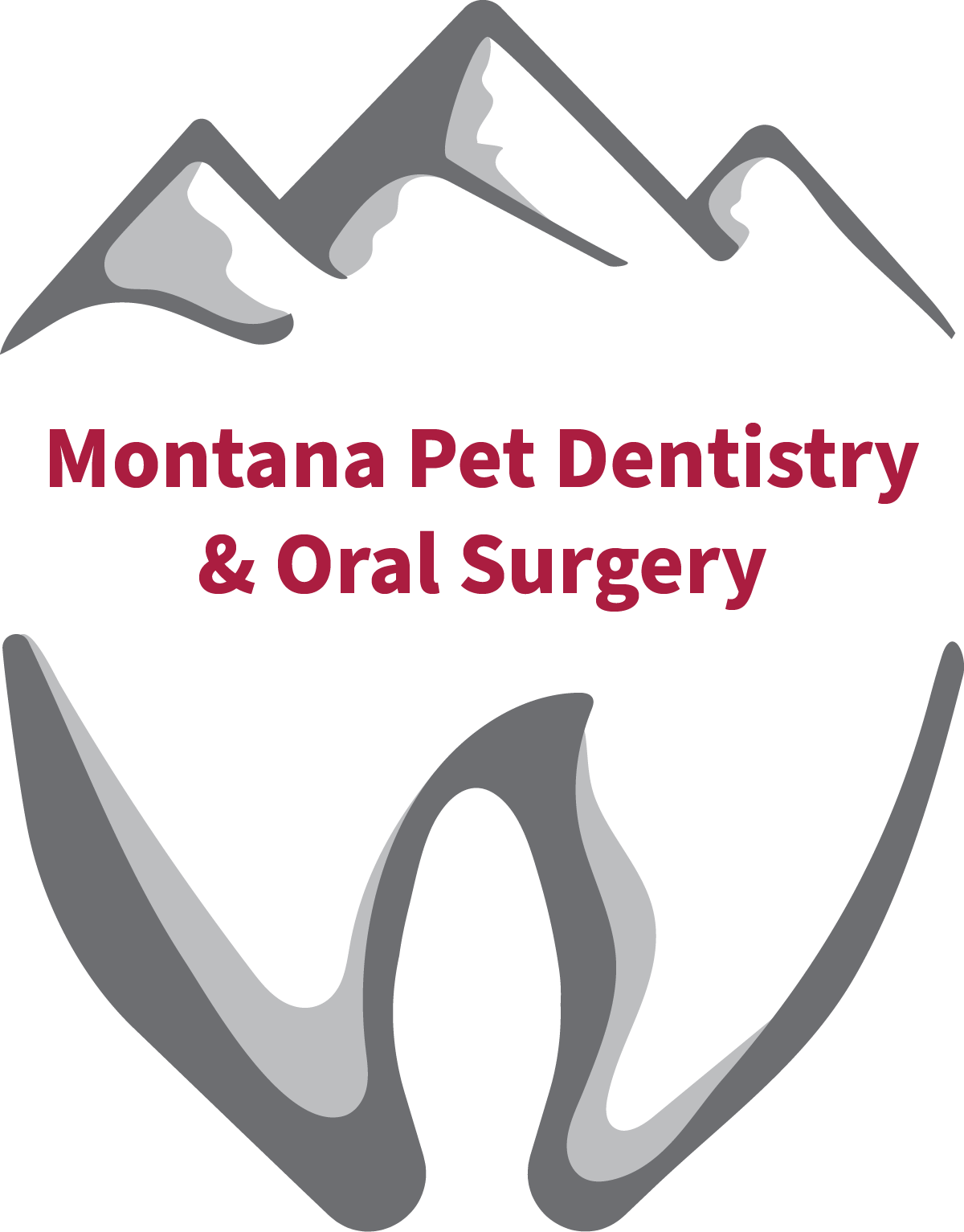Choosing the right dental chew for your canine companion can be daunting! There are many choices, and unfortunately, most of them may lead to dental trauma instead of benefiting the dentition. Chewing can trigger feelings of happiness and is a source of enrichment for many dogs. It is important to understand the tooth anatomy of a carnivore when deciding on a chew object.
Dentition Anatomy
Dogs are born with 42 teeth, 10 more teeth than humans and 12 more teeth than cats. Additionally, dogs have up to 5-10 times less enamel than humans. There is an underlying reason for this. Most teeth in the canine mouth are conical due to their natural carnivore eating habits of ripping and shearing, with minimal chewing. As a comparison, most human teeth have a flat, occlusal surface for chewing due to an omnivore-designed dentition.
This author presumes that as domestication began to occur in canids, they would stay close to humans who would provide food scraps, which were most likely bones. A tradition of assuming bones as an eating preference rather than observing what they would choose to eat in the wild became common. With a fresh kill, a wild canid (and felid)’s first dietary choice is organ meat. The second choice is skeletal meat. The third choice, or “leftovers” would be fresh bones for the marrow. Wild, carnivorous animals who break their teeth are unable to hunt as effectively as with a full set of intact teeth. Unfortunately, in the wild, this leads to suffering and demise. Although any tooth may experience dental trauma, most fractured teeth are the canine (fang) teeth and the carnassial (shearing) teeth.
How to Choose Safe Dog Toys and Chews
Many oral toys and chews in pet and grocery stores have been unintentionally designed to break teeth. A rule of thumb is that if you believe the product would break your teeth, it can break your pet’s teeth. This eliminates bones, antlers, Nyla bones, marrow bones, frozen meat, bully sticks, and rawhides. How aggressively a dog chews will also impact the incidence of dental trauma. The more aggressive chewers will be more likely to suffer tooth trauma.
Since we know what is harmful to teeth, the following are options that are generally safe for teeth. Rubber and cloth products cause minimal tooth trauma and are generally safe to offer under direct supervision. A rule of thumb is that if you can create an indentation in the chew object with a fingernail, it is most likely safe. Examples of dental chews that can be beneficial for oral health include Pedigree Dentastix, Milk bone brushing chews, Virbac Veggie Dent chews, and Greenies among others. If your pet is an aggressive or obsessive chewer, try to re-direct this habit towards more tooth-friendly practices such as utilizing a food puzzle and peanut butter/treat-filled Kong toys to stimulate brain enrichment. Another excellent resource is the Veterinary Oral Health Council or VOHC. They provide a list of products intended to retard plaque accumulation on teeth. Their website is http://www.vohc.org
Treating Fractured Teeth
Chewing is a natural behavior, but it is essential to foster this behavior in a manner to promotes tooth health and avoids dental trauma. Treatment options do exist for fractured teeth. If the fracture involves exposure of the pulp cavity, then the two primary treatment options are root canal therapy and extraction therapy. If the fracture site does not involve the pulp cavity, then an odontoplasty/bonded sealant procedure is often recommended. The latter involves smoothing the fracture site, followed by the placement of a dental resin to protect the underlying tooth structure from sensitivity and infection.
Consult a Board-Certified Vet Dentist in Bozeman, Montana
Please do not hesitate to reach out to our office with any questions about chew treats, chew toys, and oral care for your canine and feline companions.
Images used under creative commons license – commercial use (4/11/2024). Photo by James Lacy on Unsplash
